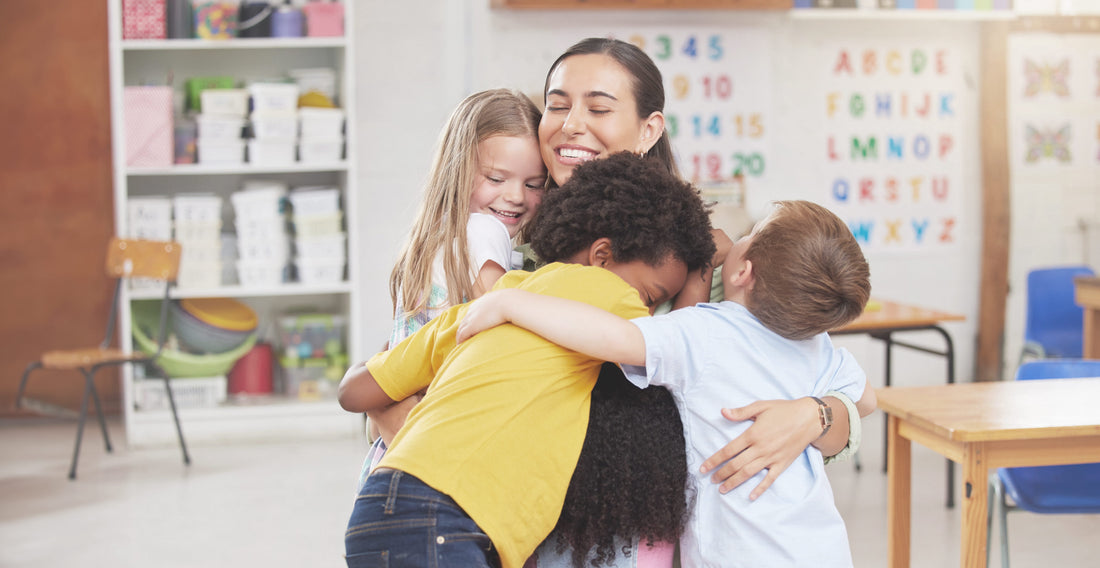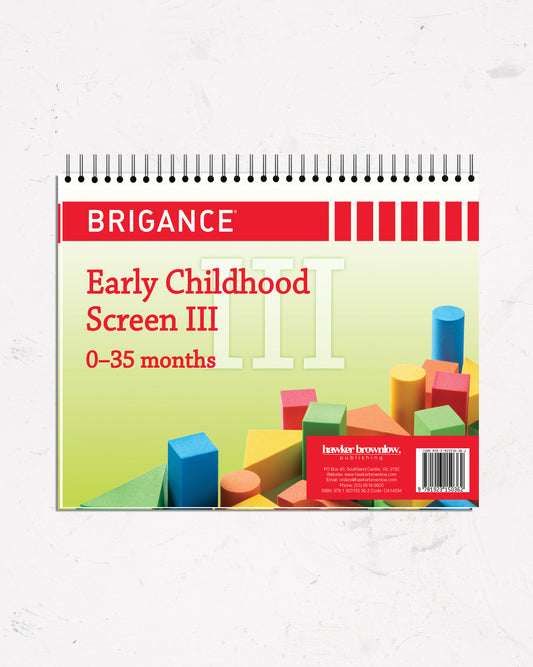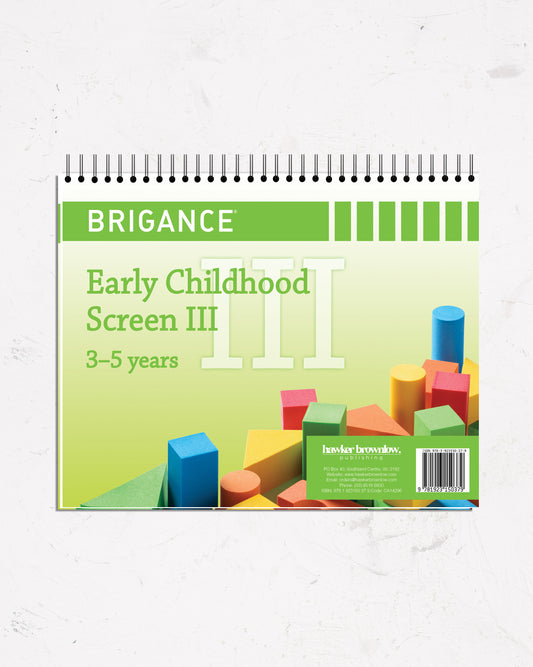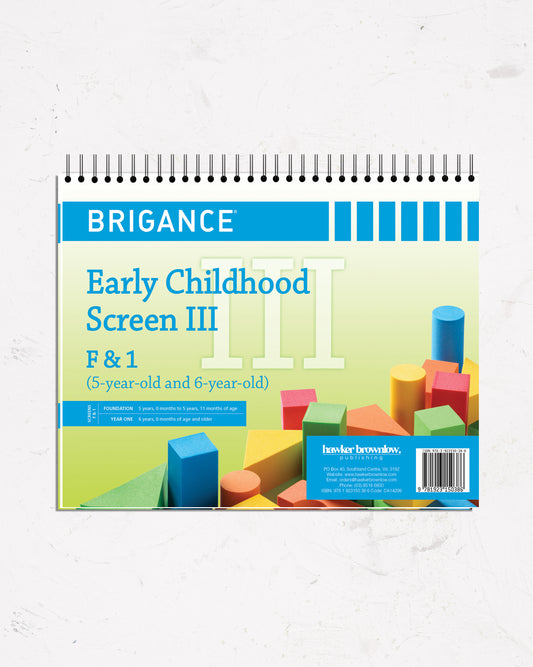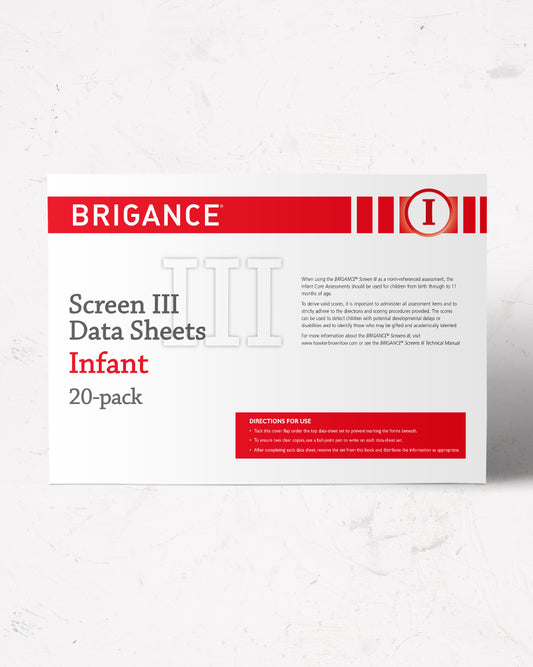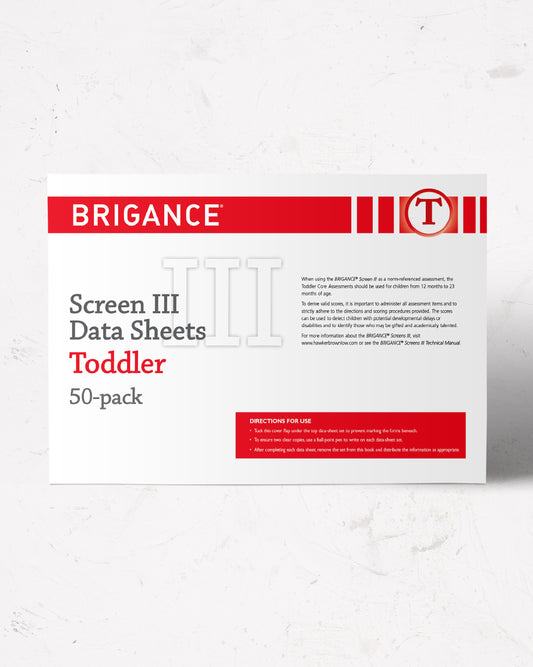As educators, we’re constantly exploring innovative ways to enrich our teaching practices and enhance our students’ learning experiences. The focus on Social and Emotional Learning (SEL) has gained significant momentum, evolving into a crucial element of educational curricula. In 2024, SEL is not just an added component but a fundamental aspect of teaching methodologies, aiming to prepare students for the complexities of life both inside and outside the classroom.
The Transformation of SEL
In recent years, the approach to SEL in schools has transformed dramatically. It has become a comprehensive framework that integrates emotional intelligence, resilience, empathy and collaboration into the educational journey. Today’s SEL programs are designed to be woven into the fabric of daily classroom activities, rather than being seen as a separate or standalone subject. This integration ensures that SEL becomes a part of every lesson, interaction and educational outcome.
How SEL Is Taught in 2024
The teaching of SEL in 2024 adopts a multifaceted approach, emphasising the importance of creating supportive and inclusive learning environments. Educators are now equipped with tools and strategies to foster a classroom culture where every student feels valued, understood and empowered. This involves:
- Active Learning: Encouraging students to engage in role-playing, group discussions and collaborative projects that reflect real-life scenarios and challenges.
- Reflective Practices: Implementing reflective journals, mindfulness activities and feedback sessions that allow students to introspect and understand their emotions and behaviours.
- Incorporation into Academic Content: Seamlessly integrating SEL skills into academic subjects, ensuring that students apply empathy, teamwork and problem-solving in all areas of learning.
- Utilising Technology: Leveraging digital platforms and tools to enhance SEL teaching, providing interactive and personalised learning experiences for students.
The Role of BRIGANCE in Supporting SEL
The BRIGANCE programs can be pivotal in supporting SEL implementation in 2024. These programs offer comprehensive screening tools and assessment inventories that help educators understand each child’s developmental milestones, including social and emotional growth. Here’s how BRIGANCE supports SEL:
- Early Identification: BRIGANCE tools enable early identification of children’s strengths and areas for growth in SEL, facilitating timely interventions and support.
- Personalised Learning: By providing detailed insights into each child’s social and emotional development, BRIGANCE allows educators to tailor instruction and support to meet individual needs.
- Family Engagement: BRIGANCE programs include resources for educators to share with families, fostering a home-school connection that supports children’s SEL development outside the classroom.
- Professional Development: Offering training and resources, BRIGANCE supports educators in effectively integrating SEL into their teaching practices and using assessment data to inform instruction.
Looking Ahead
As we move forward, the integration of SEL in education continues to evolve, with programs like BRIGANCE playing a crucial role in this journey. The focus on nurturing well-rounded, emotionally intelligent individuals who thrive in collaborative environments marks a significant shift in our educational priorities. By embracing SEL, we’re not only enhancing academic achievement but also equipping our students with the essential life skills needed for success in the 21st century.
In conclusion, the journey of SEL in 2024 and beyond offers a promising horizon for educators, students and communities. With the support of comprehensive tools like BRIGANCE, we’re well on our way to creating educational environments that foster not just intellectual growth but also emotional and social well-being.

